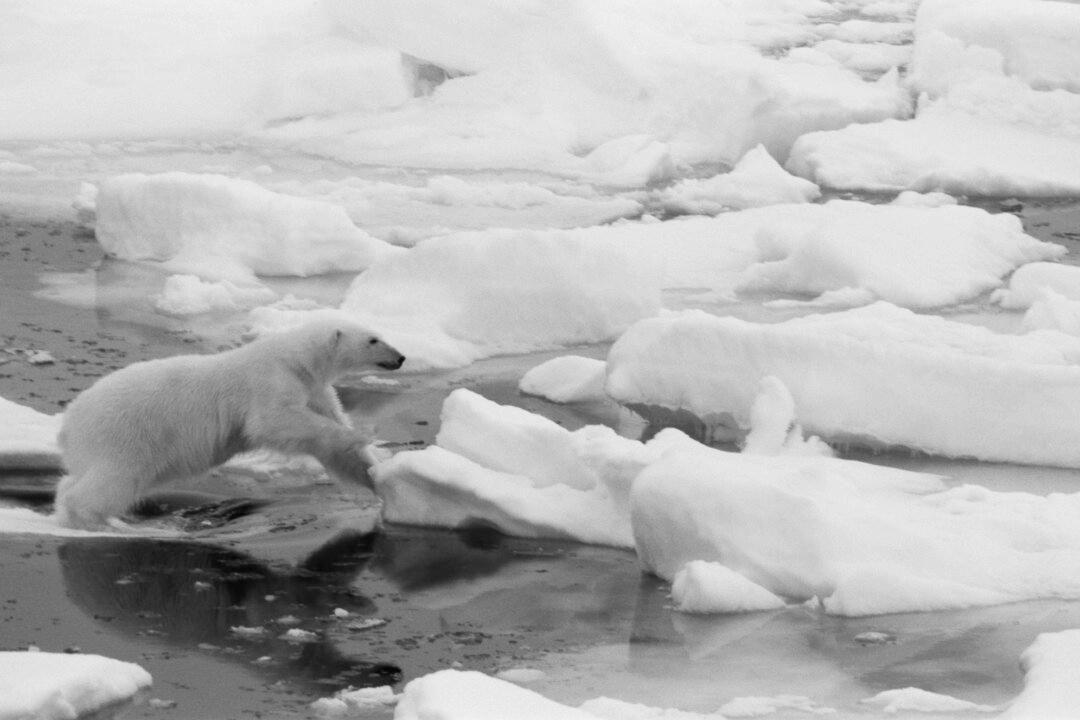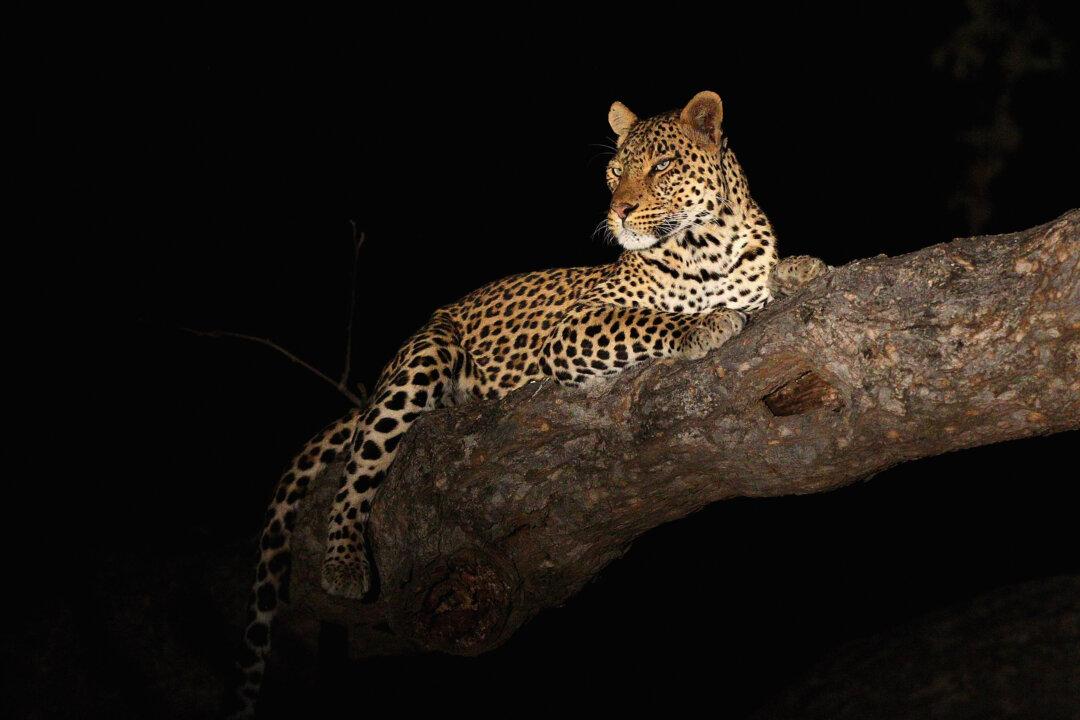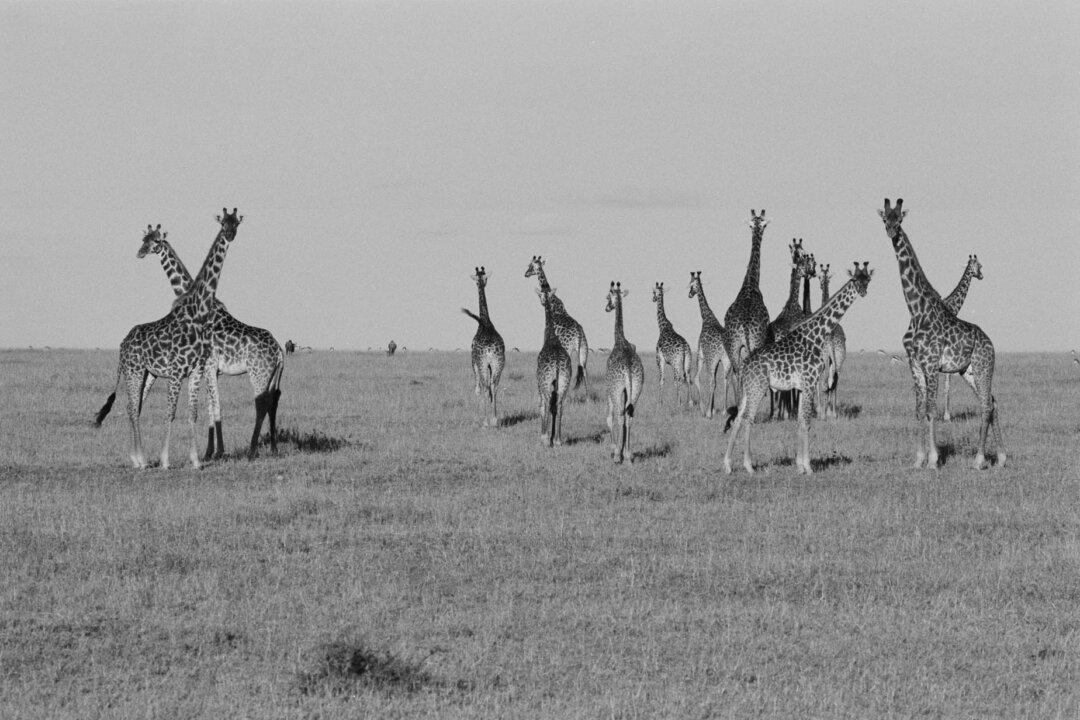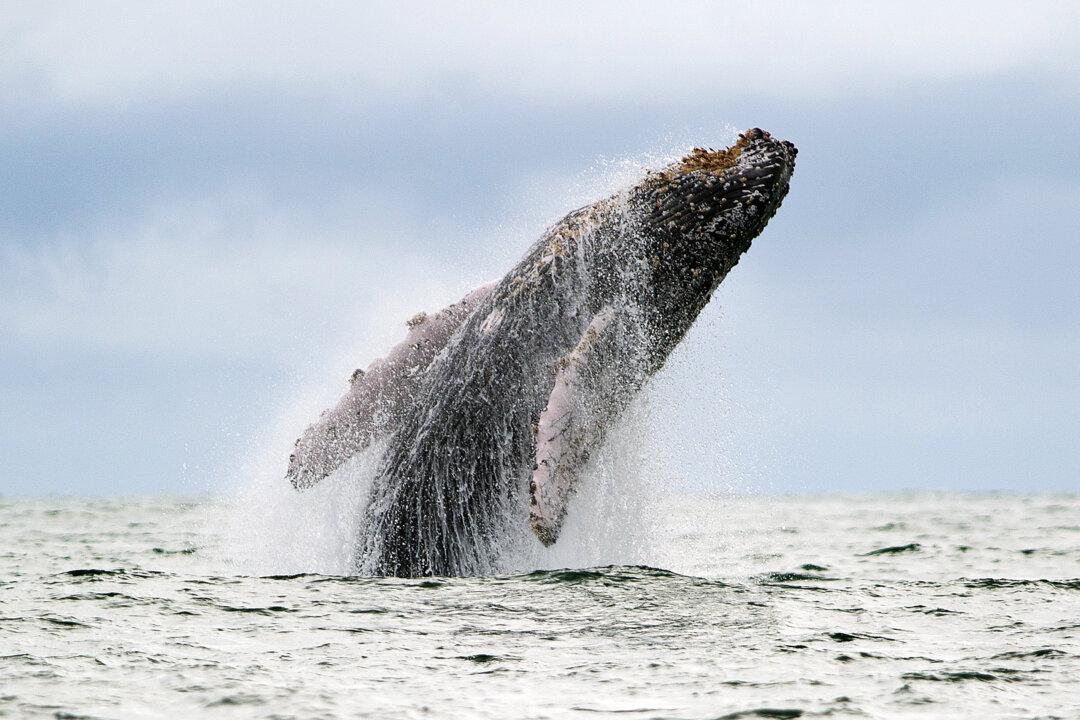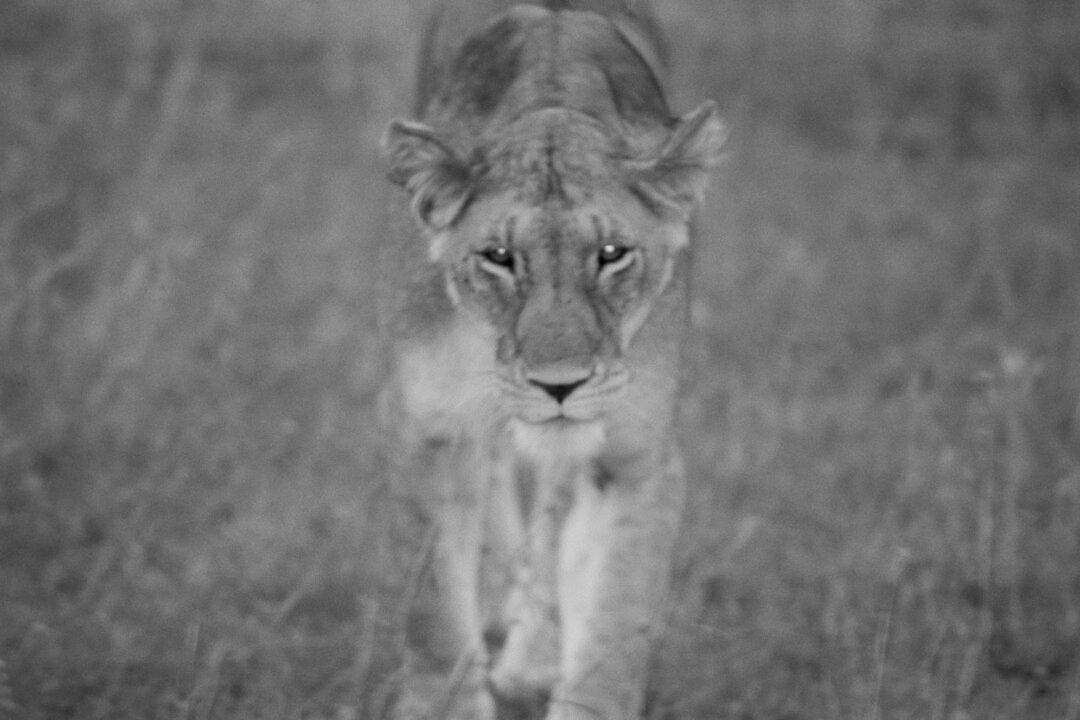We first went to Churchill in Manitoba, Canada, to see its famous polar bears, whose lives were being threatened by the vagaries of a civilization, in 2004. We went to touch the space of their frontier, because we knew that their continued presence on earth represents a critical buoy to our future.
Our carbon emissions are threatening the very life raft of their existence.
It was in 2008 that my wife, Marie Wilkinson, and I brought our son Lysander to witness the great white monarch of the north ambling across the icy stark expanses of the Norwegian archipelago of Svalbard. Lysander saw the ice bear as a marvel of power and beauty. His fascination and awe for this remarkable predator, the world’s largest, was boundless.
Humanity’s mind was partly forged by its ability to withstand the snows and the extremes of Hyperborea and Thule, the mythic kingdoms of the Arctic north. There in classical mythology, as Boreas, god of the north wind, breathes, the future of the planet is being played out.
We went to see the polar bear because in its stride an icon of the planet strives to hold onto the last vestiges of its world. As the icebergs and glaciers disappear, increasingly they are mirages on an overheated planet.
